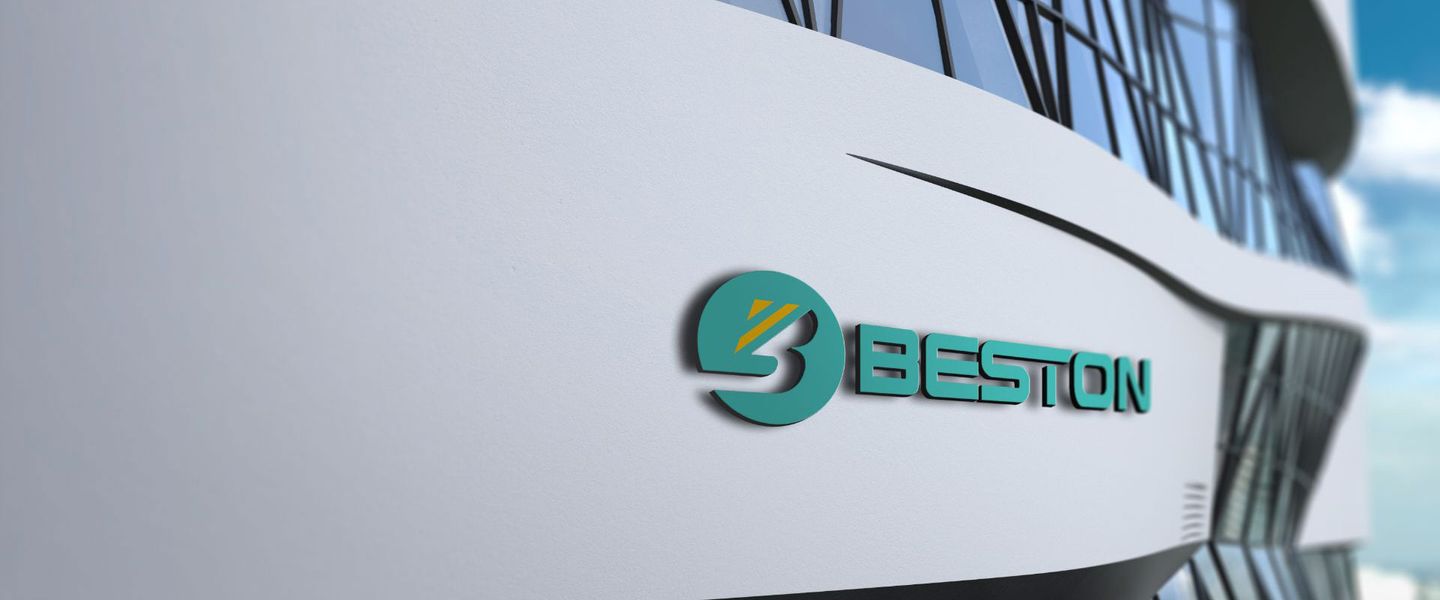

- Home
- Companies
- Beston Group Co., Ltd.
- Articles
- Biochar Revolution: Sustainable Biomass ...
Biochar Revolution: Sustainable Biomass Disposal with Innovative Technology
In the intricate dance of environmental stewardship, the disposal of waste biomass emerges as a critical challenge. However, the landscape is evolving with the advent of sustainable technologies, and at the forefront is biochar production. This transformative process not only addresses waste concerns but also unlocks the potential to enhance soil fertility and sequester carbon.
Understanding the Essence of Biochar Production
The Biochar Advantage
Biochar production involves the pyrolysis of organic materials, such as agricultural residues and woody biomass, in the absence of oxygen. The result is a stable form of carbon, known as biochar, which possesses unique properties that can revolutionize the way we approach waste disposal.
Soil Enrichment and Carbon Sequestration
Biochar, when incorporated into the soil, becomes a reservoir for nutrients and enhances water retention. Its porous structure provides a habitat for beneficial microorganisms, fostering a healthier and more fertile soil environment. Additionally, biochar's carbon sequestration capacity contributes to mitigating climate change.
The Technological Marvel: Biochar Production Equipment
Pyrolysis Reactors: The Heart of the Process
At the core of biochar production equipment are pyrolysis reactors, meticulously designed to optimize the pyrolysis process. These reactors ensure controlled conditions for the conversion of biomass into biochar, maximizing the yield and quality of the end product.
Gas Capture Systems
Innovative biochar production equipment often incorporates gas capture systems. This not only prevents the release of harmful gases into the atmosphere but also harnesses these byproducts for energy generation or other applications.
Key Features of Biochar Production Equipment
1. High-Temperature Control:
The efficiency of the pyrolysis process hinges on precise temperature control. Advanced biochar production equipment excels in maintaining the optimal temperature range, ensuring the thorough conversion of biomass.
2. Continuous Feed Mechanism:
The ability to handle a continuous feed of biomass sets certain equipment apart. This feature ensures a steady production flow, making the process more efficient and scalable.
3. Biochar Activation Capability:
Some equipment goes beyond mere production and incorporates biochar activation capabilities. This enhances the biochar's functionality, making it even more potent in soil improvement.
Mobile Biochar Machines: Unleashing Flexibility
On-the-Go Sustainable Solutions
In the quest for sustainability, mobile biochar machines redefine the norms. These compact, transportable units bring the process directly to the source of biomass, minimizing transportation costs and reducing the carbon footprint associated with waste disposal.
Versatility in Biomass Utilization
Mobile biochar machines exhibit versatility in handling various biomass sources, from agricultural residues to invasive plant species. This adaptability makes them ideal for localized waste management initiatives, promoting community-level sustainability.
Economic and Environmental Benefits
1. Cost-Efficient Waste Management:
Investing in biochar production equipment, including mobile units, translates into a cost-efficient waste management strategy. The ability to convert biomass into a valuable resource offsets traditional disposal costs.
2. Carbon-Neutral Approach:
The carbon-neutral nature of biochar production aligns with broader efforts to achieve carbon neutrality. By sequestering carbon in the soil, biochar contributes to a more balanced carbon cycle.
Conclusion: Nurturing the Earth Through Innovation
In the intricate tapestry of sustainable practices, biochar production emerges not just as a waste disposal method but as a means to nurture the Earth. The synergy between advanced biochar production equipment and the agility of mobile biochar machines exemplifies a harmonious blend of technology and environmental stewardship. As we navigate the complexities of waste biomass disposal, embracing these innovative solutions becomes a step towards a more resilient and sustainable future.
